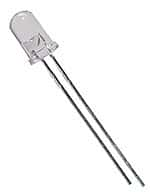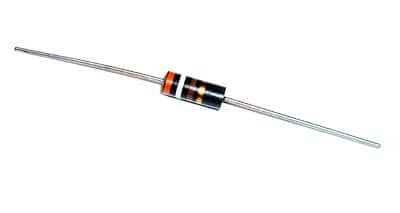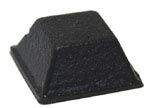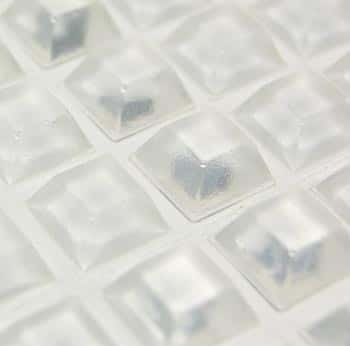Applied Materials announced this week that it was planning a major restructuring of it’s business. The goal? To place a “primary emphasis” on LEDS and crystalline silicon solar panel technology.
This restructuring would effect the bottom line of the company in many ways including the elimination of 400 – 500 jobs and the closing of their thin-film solar technology lab among other plans.
The future of Applied Material’s solar technology would focus on the crystalline silicon solar product development over the thin-film solar business. Historically, crystalline silicon (c-Si) has been used in many solar cells as a light-absorbing semiconductor although it is considered a relatively inefficient for light absorption. It also requires a considerable thickness (several hundred microns) of material.
Despite this, it has proven to be desirable because it produces stable solar cells with good efficiencies (11-16%, which is half to two-thirds of the theoretical maximum). It uses process technology developed from the huge knowledge base of the microelectronics industry.




